|
Monday, February 27, 2012
Progress Notes
Recently, we were donated several boxes of momentos, old newspapers, and photos which had belonged to Clare Mace of Tuscumbia (photo 01).
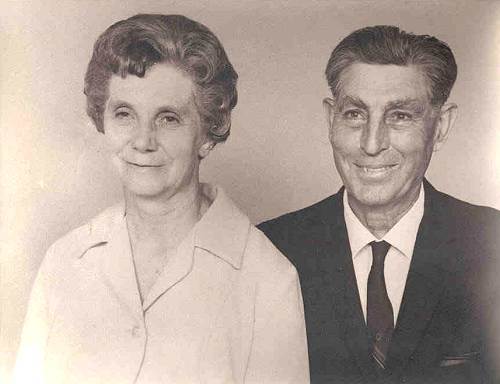
01 Clare and Lucian Mace
Clare passed away several years ago but her daughter in law, Joyce Mace, had stored Clare’s keepsakes in her own home. Joyce told me that we might find some interesting historical information in Clare’s possessions since she had once been a weekly correspondent for the Autogram. And indeed we have come across many items of historical interest which Clare saved. Because of her association for quite a few years with the Vernon Publishing Company Clare had accumulated some older editions of the Autogram. One of these newspapers dated back to November 2, 1905. After carefully reading the newspaper I think the most interesting thing to me were the advertisements! Of all the items offered for sale in the paper I don’t think a single one would be in demand in modern times. And some of the items advertised were for things I had no idea to what use they might be applied! So I decided to research several of the items advertised in the newspaper and present a brief synopsis for each. The newspaper has yellowed through the years although I really don’t know for sure how a “fresh off the printer’s press” newspaper appeared in those days. Each of the items advertised will be featured alphabetically and then a narrative will follow. Clicking on the title will take you to other websites for those who want more information:
A.J. Tower Company (photo 02)
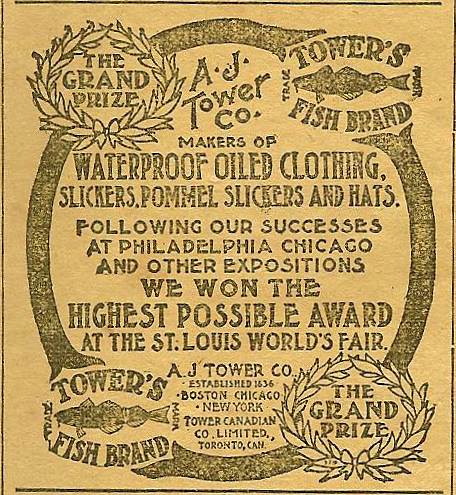
02 A.J. Tower Company
I found several sites which date this company doing business in Boston between 1904 and the 1930s (and perhaps later). The A.J. Tower Co. was a maker of coats, particularly of heavy raincoats/rainslickers, such as the US Navy used ...but it did not manufacture the metal buttons for those coats.
The company was in business from the 1870's to at least 1946, when it was involved in a Supreme Court case which caused it to become bankrupt. It was the maker of the old "Fish Brand" slicker the Texas cow boys had with them on the cattle drives. Here is an artist’s depiction of one of these old raincoats (photo 03):
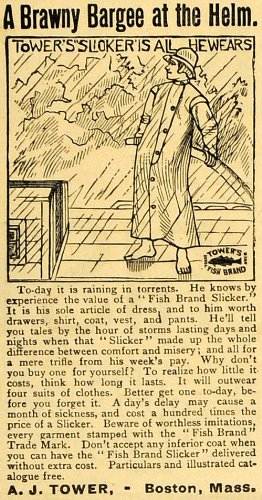
03 A.J. Tower Slicker
Alabastine Company (photo 04)
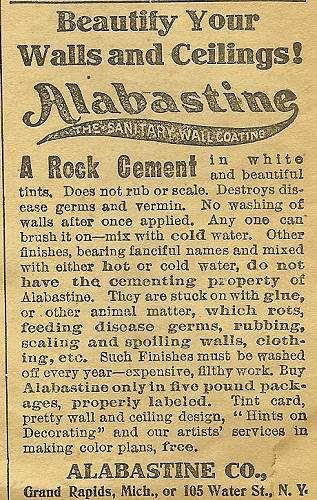
04 Alabastine Company
The Alabastine Company was organized in New York, in 1879, by Melvin B. Church. Alabastine is an article of which calcinated gypsum is the base, made to take the place of calamine in wall coatings and finish. Church, something of an inventor, tinkered with the gypsum and formulated the wall paint. The Church family sold the company around 1900.
Anti-Gripine (photo 05)
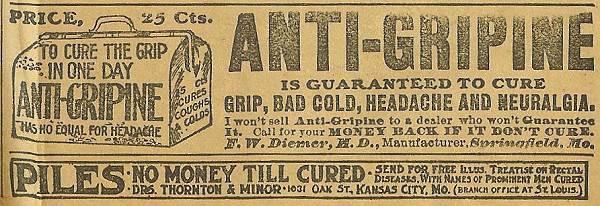
05 Anti-Gripine Advertisement
The Anti-Gripine Company of Springfield, Mo., shipped in January, 1929 to Indiana a quantity of Laxative Anti-Gripine that was declared misbranded. The preparation, when analyzed, was found to consist essentially of acetanilid (215.8 grains per ounce), sodium salts, carbonates, red pepper, podophyllin, aconite alkaloids and extracts of plant drugs, including a laxative. The preparation was declared misbranded, first, because it was labeled as containing 240 grains of acetanilide when, as a matter of fact, it contained less than 216 grains; the therapeutic claims, to the effect that it was a remedy for influenza, neuralgia, coughs, etc., were declared false and fraudulent. In June, 1929, judgment of condemnation and forfeiture was entered and the court ordered that the product be destroyed. — Notice of Judgment 16412; Issued December, 1929.
Bridge, Beach and Company Superior Stove (photo 06)
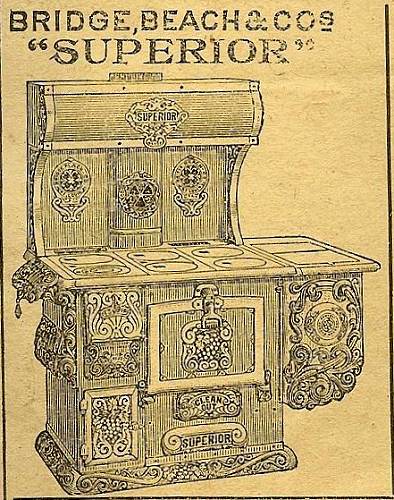
06 Superior Stove
Hudson E. Bridge founded the stove company before the westward wagon trains left St Louis for the Oregon trail. Their big seller in the mid 19th century was a small wood fired portable cast-iron stove that could be carried on the Conestoga. He also was a St. Louis railroad executive and was one of the original members of Washington University's Board of Trustees. The company became famous in 1898 when it began manufacturing vertical cast iron gas stoves. The vertical stoves use hinged steel wire gridirons to hold hamburgers in place while they cooked simultaneously on both sides, a method still used today.
In Tuscumbia, George Swanson was a proprietor of this product (photos 07 and 08).
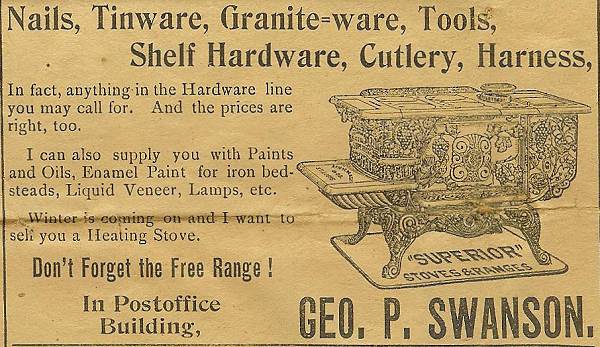
07 Superior Stove sold by George Swanson
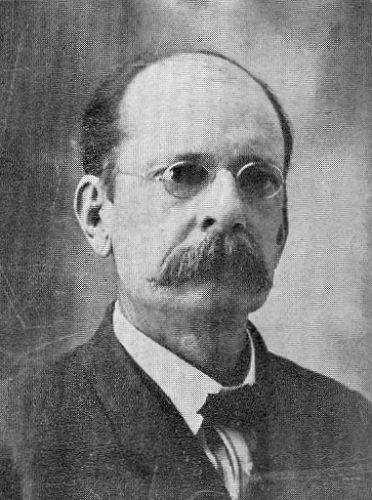
08 George Swanson
Cardui (photos 09 and 10)
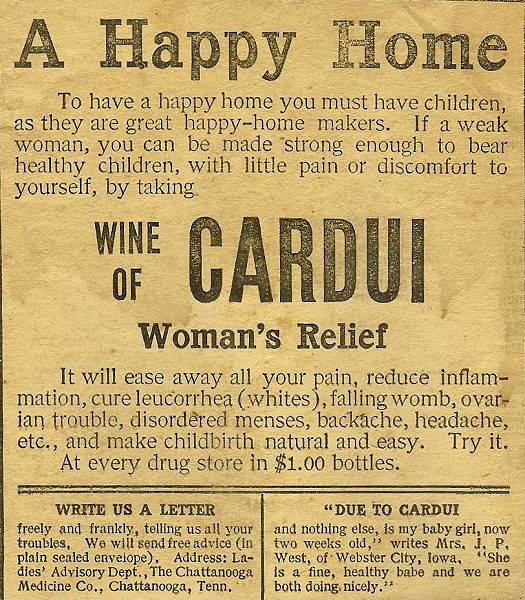
09 Cardui Advertisement
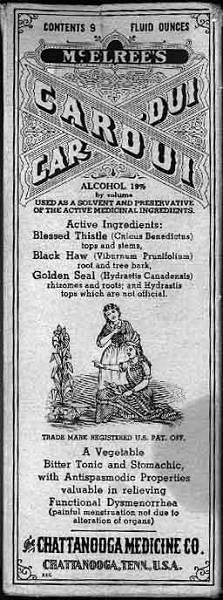
10 Cardui Advertisement
Cardui was a 38 proof patent medicine made from the late 19th century through the twentieth by the Chattanooga Medicine Company, of Chattanooga, Tennessee. The alcohol content was 19% by volume, which is more than wine. Like most patent medicines, it promised to cure a huge range of ailments, many incurable even today. People deeply distrusted mainstream doctors in the last half of the 19th century in America, justified in many ways, and patent medicine makers exploited this.
Chamberlin’s Cholera and Diarrhea Remedy (photos 11 and 12)
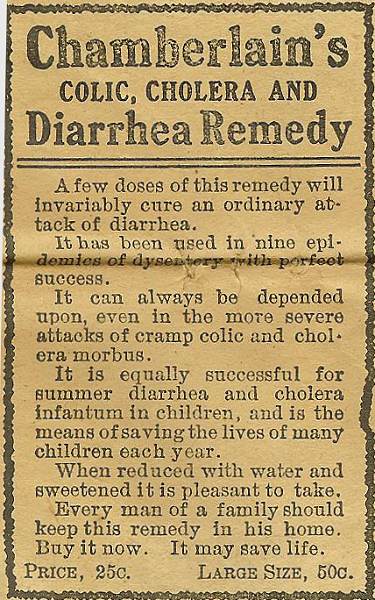
11 Chamberlin Advertisement
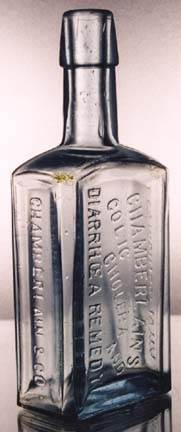
12 Chamberlin Bottle
Brothers’ Davis and Lowell Chamberlain established a proprietary medicine business in Marion, Iowa, in 1873. With their sister Izanna in 1881, they formed Chamberlain and Company in Des Moines. The firm became the Chamberlain Medicine Co. in 1892, and soon expanded to Australia, Canada and South Africa. They also put out a cough remedy, liniment, pain balm and hand lotion.
De Laval Cream Separator (photos 13 and 14)
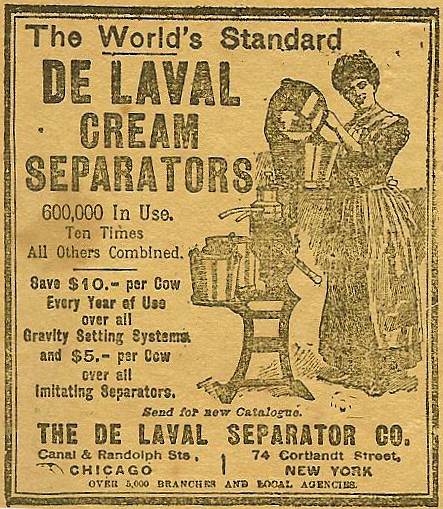
13 De Laval Cream Separator Advertisement
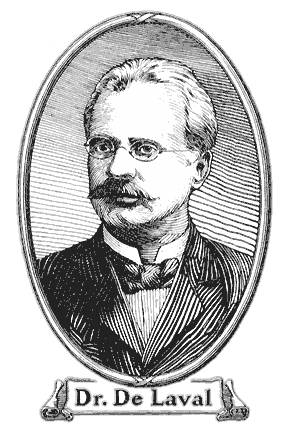
14 Dr. De Laval
Many years ago Dr. De Laval invented the first continuous discharge centrifugal cream separator, which has done more than any other factor to develop the dairy industry to its present magnitude. However, he recognized the need for a mechanical milker if the dairy industry were to grow.
Dr. De Laval brought his great inventive genius, which was responsible for the invention of the steam turbine engine and many other scientific contributions of great importance, to bear upon the problem. He was granted his first patents for a milker in 1894.
This first De Laval Milker had mechanically operated members to imitate the pressure of human hands. It milked cows successfully but was not commercially practical (photo 15).
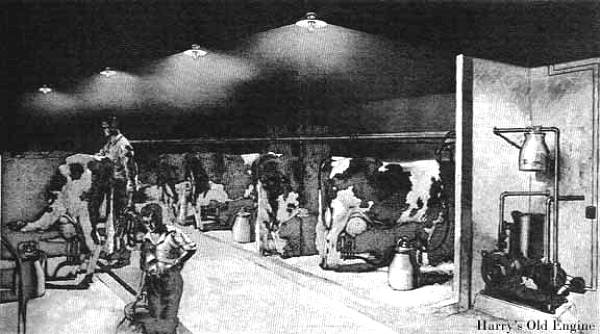
15 De Laval Magnetic Milker
From that time the De Laval Company conducted almost continuous research, experiments and tests in order to perfect a mechanical milker. It is doubtful if any organization ever made a more thorough, prolonged and conscientious effort in order to perfect a machine.
Defiance Starch (photos 16, 17 and 18)
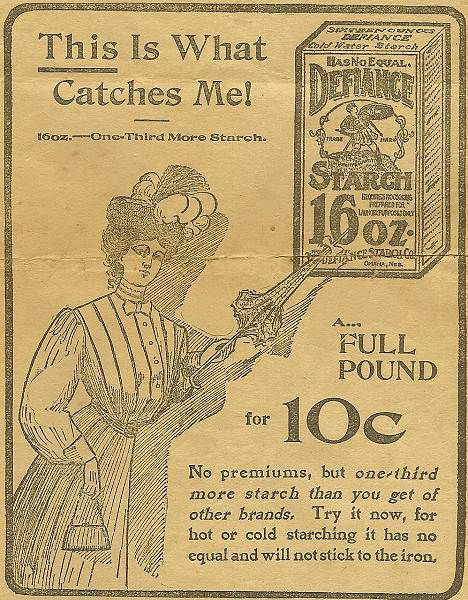
16 Defiance Starch
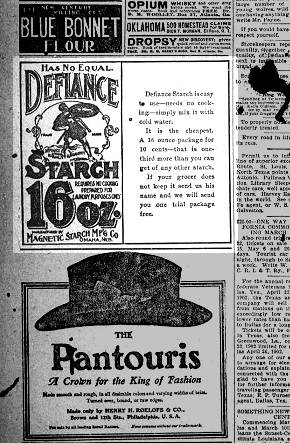
17 Defiance Starch Ad - Bartlett Texas Tribune - March 21, 1902
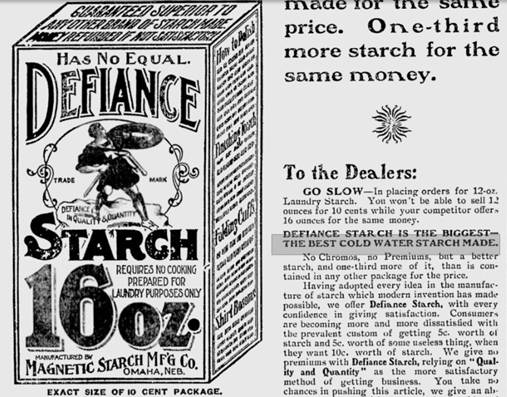
18 Defiance Starch Newspaper Advertisement
Not much can be found researching the history of the Defiance Starch company but it was one of the most advertised products in local newspapers across the country all through the years around the early 1900’s:
Advertisement
“Every housekeeper should know that if they will buy Defiance Cold water starch for laundry use they will save not only time, because it never sticks to the iron, but because each package contains 16 oz.--one full pound--while all other Cold Water Starches are put up in 3/4 pound packages and the price is the same, 10 cents. Then again because Defiance Starch is free from all injurious chemicals. If your grocer tries to sell you a 12 oz package it is because he has a stock on hand which he wishes to dispose of before he puts in Defiance. He knows that Defiance Starch has printed on every package in large letters and figures "16 oz’s". Demand Defiance and save much time and money and the annoyance of the iron sticking. Defiance never sticks.”
E.C. Atkins and Company (photos 19 and 20)
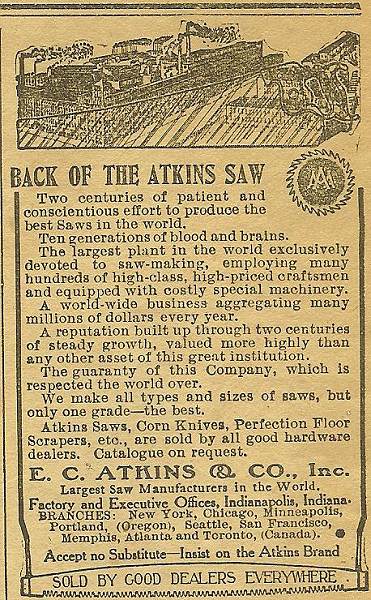
19 Atkins Saw
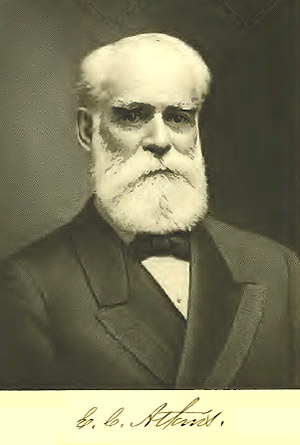
20 E.C. Atkins
The foundation of this flourishing industry dates back to 1857, the founder having been Mr. Elias C. Atkins, who selected Indianapolis as a site for a saw manufactory because of the abundant timber surrounding it.
His beginning was most modest and unpretending, as became a man with a capital of only $300 in money. At the outset fortune appeared to be against him, for twice was his little establishment destroyed by fire; but he early established a reputation for furnishing a thoroughly reliable article at a fair price and his business began to prosper, so that in 1866, needing an increased capital, he associated with himself Messrs. Knippenberg & Kappes.
In 1872 Mr. Atkins visited England, in order to obtain better stock than was obtainable at that time in this country, and succeeding, on his return began the manufacture of the now widely known Silver Steel Diamond Cross Cut Saws, of which the firm is the sole makers. These saws are recognized by the trade generally as being the best in the market.
Free Farms in Canada (photo 21)
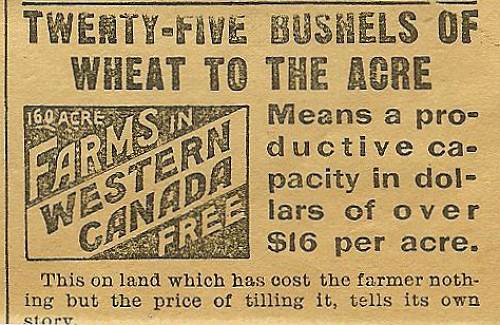
21 Free Farms in Canada Advertisement
In 1870 the Dominion of Canada bought Rupert’s Land, which was pretty much all of western Canada, from the Hudson’s Bay Company. After passing the Dominion Lands Act in 1872, the government embarked on an advertising campaign to entice people from Europe, the United States and eastern Canada to come to western Canada and take advantage of the free land and unbound opportunity. This campaign went on well into the 20th century. I gathered together ten of the Dominion’s ads from the period, several of them covers for pamphlets about Canada that, more often than not, wildly exaggerated the potential of the prairies. Basically, they were propaganda.
Harvey and Phillips (photo 22)
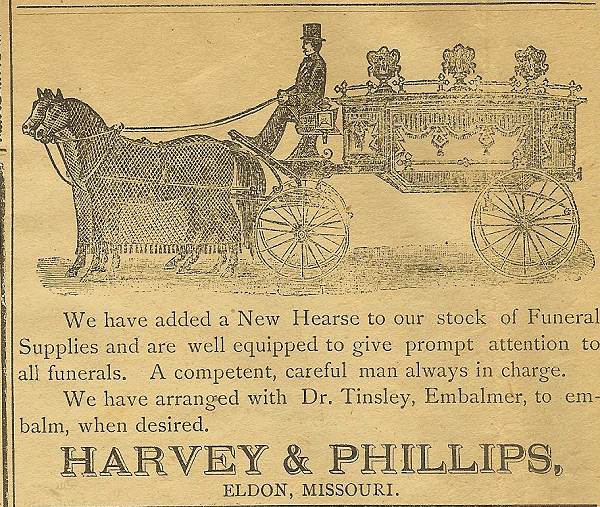
22 Harvey and Phillips Advertisement
You can read the complete story of the Harvey and Phillips business venture (which first was the making of boxes for the deceased which were not at all refined and finished as they are now) at this previous Progress Notes.
Iberia Academy (photos 23 and 24)
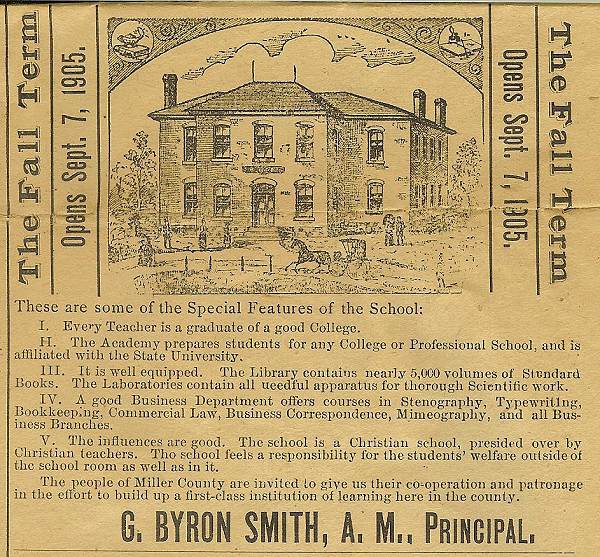
23 Iberia Academy
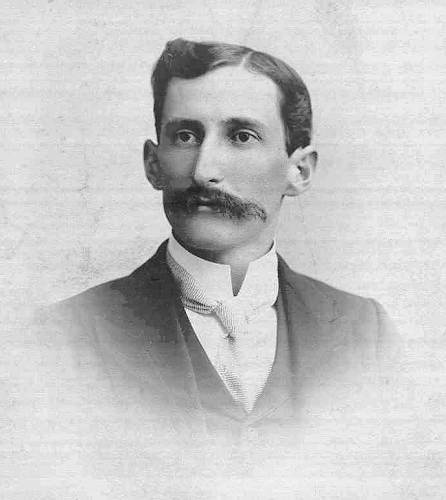
24 George Byron Smith
You can read about the Iberia Academy at this previous Progress Notes.
James Franklin Ballard (photos 25 - 28)
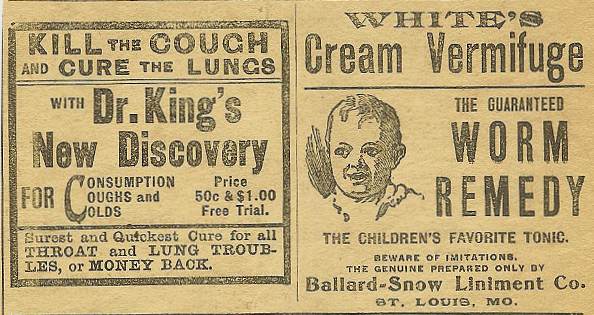
25 James Ballard Advertisement
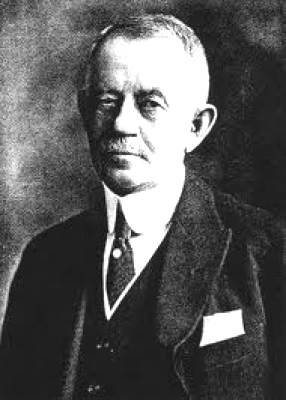
26 James Franklin Ballard
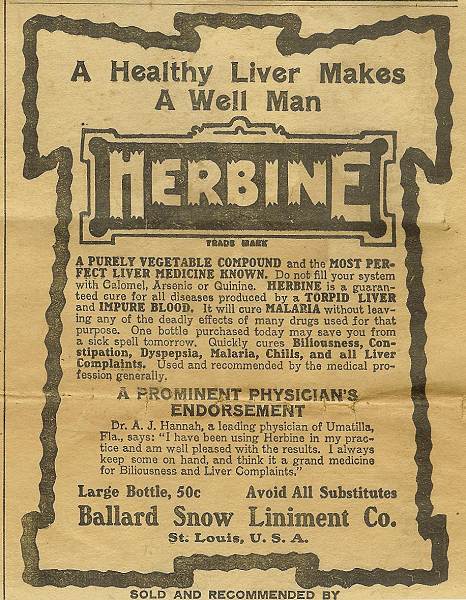
27 Herbine Advertisement
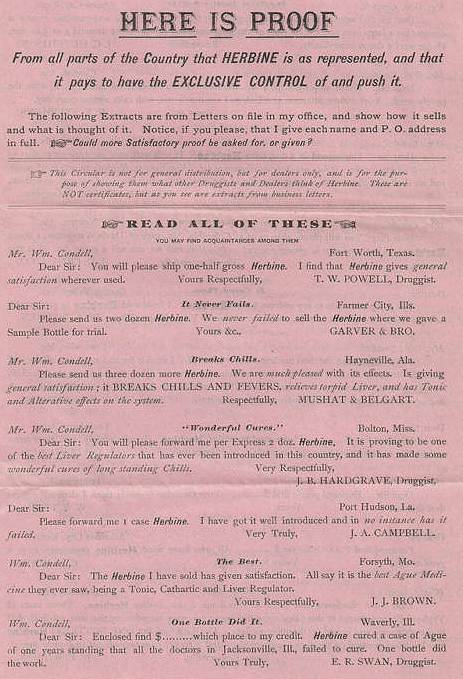
28 Herbine Testimonials
Despite the fact that his father had ample money from his timber farm, the younger Ballard chose to join the circus and travel the country at a young age. Later he started drug stores around the country and settled in St. Louis, Missouri. While in Saint Louis, he became involved with the wholesale drug store chain, Richardson & Company.
In 1882 Ballard withdrew from Richardson & Company, and started his own business again, the Ballard Snow Liniment Company. This company manufactured one of the most widely advertised and distributed proprietary remedies of the time. It was the sales of this medicine that his fortune was made. After 1923 his business was called James F. Ballard Incorporated of which he was the chief owner, and in later years the treasurer. Besides Ballard's Snow Liniment, he also sold: Swain's Panacea, White's Cream Vermifuge, Campho Phenique, Smith's Bile Beans, Ozmanlis Nerve Pills, and Littell's Liquid Sulphur, all of which were advertised in his self-published book: Ballard's Book of the Great War.
Ballard also owned the Henry B. Platte company of New York. He was the director of the Mechanics-American National Bank, and of its successor, the First National Bank & Union Trust Company of Saint Louis.
Kodol Dyspepsia Cure (photos 29 - 32)
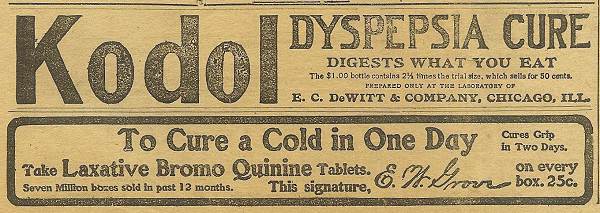
29 Kodol Advertisement
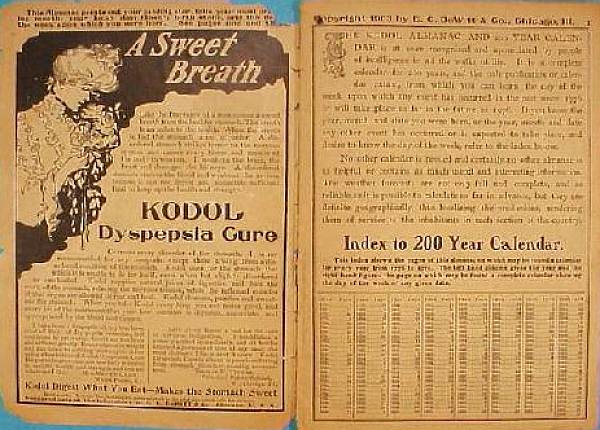
30 Kodol Advertisement
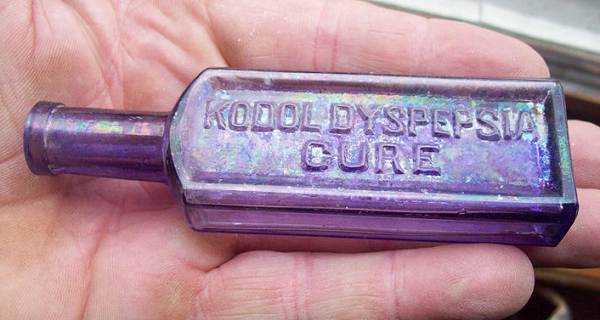
31 Kodol Dyspepsia Cure Bottle
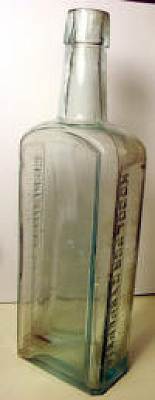
32 Kodol Dyspepsia Cure Bottle
Kodol was the 1904 cure for all disorders of the stomach. “Kodol Dyspepsia Cure digest what you eat-makes the stomach sweet.”
It was first introduced by the CB Fleet Group of England. Founded in 1868 it now has over 700 employees, 60 products and distributes to 75 countries worldwide.
Missouri Pacific Railway (photo 33)
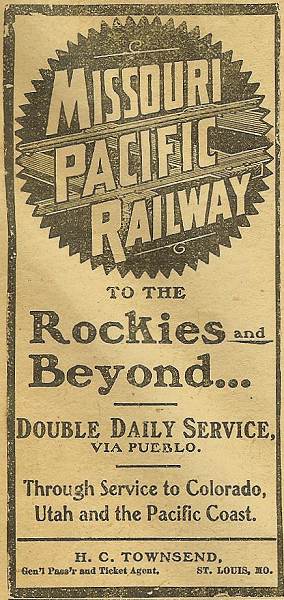
33 Missouri Pacific Railway
You can read more about the Missouri Pacific Railway at this previous Progress Notes.
Pitkins Barn Paint (photos 34 and 35)

34 Pitkin's Barn Paint Advertisement
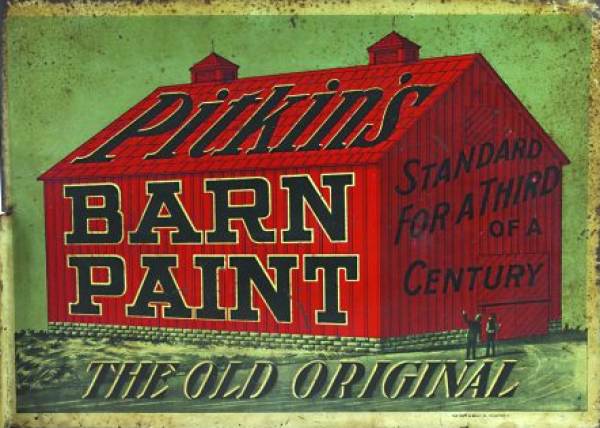
35 Pitkin's Barn Paint Sign
“Durability and Economy are two of the many points of superiority in Pitkin's Barn Paint. It is durable because it is made from one of the most permanent paint pigments known, namely, Oxide of Iron, which we specially import from England because of its bright and permanent color; because it “wears like iron" and because it is free from acids that attack and kill the oil in the paint.
C C Pitkin's Barn Paint is economical because it prevents the ravages of decay, that mortal enemy of all lumber ; because it is definitely guaranteed to wear five years, which guarantee we cheerfully make good if it fails, and because any one can apply it, thereby saving the expense of a painter.
On 50 and 100 gallon orders we give discounts and freight allowances that will make our price proposition very attractive to you ; write us for it. C C Pitkin's Barn Paint is an article on which you can make 75 per cent, profit with a very small investment.”
GEO. W. PITKIN CO.
Paint and Color Makers. Originators of Barn Paint
Founded 1868 CHICAGO
Plymouth Rock Cockeral (photos 36 and 37)
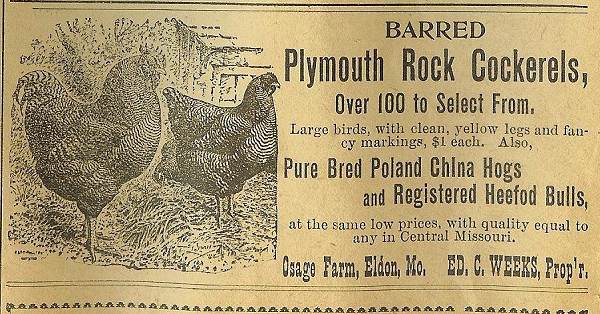
36 Plymouth Rock Cockeral Advertisement
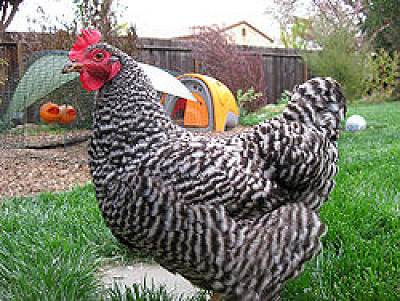
37 Barred Rock Hen
The Plymouth Rock, often called simply Rocks or Barred Rocks (after their most popular color), is a chicken breed that originated in the United States. The Plymouth Rock is a dual-purpose, cold-hardy bird and therefore makes a great breed for the small farm or backyard flock owner. The Barred Rock is often called the Plymouth Rock, but this title correctly belongs to the entire breed, not just the Barred variety.
Southern Railway (photo 38)
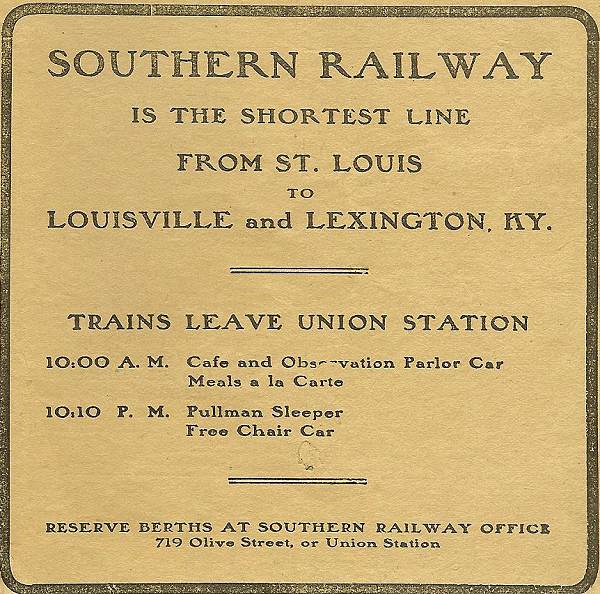
38 Southern Railway
The subject of the Southern Railway is complex because of several changes of owners as well as other railways using the same name around the turn of the 19th century.
W. L. Douglas Shoes (photo 39)
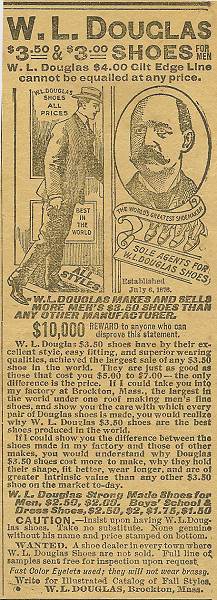
39 W.L. Douglas Shoes Advertisement
William Lewis Douglas (August 22, 1845 – September 17, 1924) was a U.S. political figure. He served as the 42nd Governor of Massachusetts from 1905 until 1906 (photo 40).
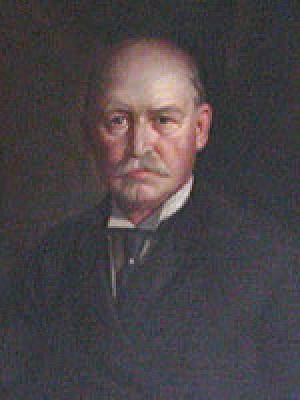
40 William Lewis Douglas
There was little in the first thirty years of William L. Douglas' life to suggest he was destined to be an industrialist and Governor of Massachusetts. He was born in Plymouth, Massachusetts the son of a sailor, who died when Douglas was five. Mr. Douglas attended school intermittently and from the age of seven worked for his uncle, a shoemaker. Douglas learned this trade, working as a journeyman shoemaker until the Civil War. He enlisted in the Massachusetts 58th regiment and was wounded at the battle of Cold Harbor. He was discharged in 1865.
Douglas pursued his fortune making and selling shoes in Colorado, but he returned to Massachusetts in 1868. In 1876, he began the W.L. Douglas Shoe Company, which boomed becoming a major employer in Brockton, Massachusetts. The factory was able to manufacture 20,000 pairs of shoes per day, which supplied W.L. Douglas Shoe Stores in seventy-eight cities.
Douglas entered politics serving as a member of the Massachusetts House of Representatives 1884-5 and in the Massachusetts Senate in 1887. He was elected Mayor of Brockton in 1890. Running as a Democrat in 1904, Douglas defeated incumbent Governor John Lewis Bates.
In his first week as Governor, Douglas faced a firestorm of protest from residents of Cape Cod enraged by the Commonwealth's intention to establish a leper colony in the small town of Brewster, Massachusetts. So many protesters traveled from Cape Cod that the railroads had to add an extra train. Douglas ended the plan, sold the Brewster property, and found a new location on the Cape, at Penikese Island, which was the former site of The Anderson School of Natural History, which Louis Agassiz directed in the 1870s. Though protest was voiced, Douglas refused to schedule public meetings on the topic, and the Commonwealth staffed its first treatment program for leprosy under Douglas' administration.
Governor Douglas also created the Douglas Commission to determine how education could be reformed to better prepare Massachusetts' work force. The commission recommended increased industrial education opportunities, which paved the way for industrial education programs in Massachusetts' public schools. Douglas was stymied by a Republican majority in the legislature, and returned to his business and private philanthropy.
As I mentioned at the beginning of this week’s narrative, all the above advertisements were taken from an edition of the Miller County Autogram published on November 2, 1905. After my research I’m not sure that any of the medicaments advertised were of significant value. But without other recourse then, considering that the great advances in medical care were yet to come, those who were ill had few options for medical care otherwise. One thing that is certain, however, is that more than a few of the vendors featured became wealthy convincing the public to buy their products.
That’s all for this week.
 Joe Pryor
Previous article links are in a dropdown menu at the top of all of the pages.
|

